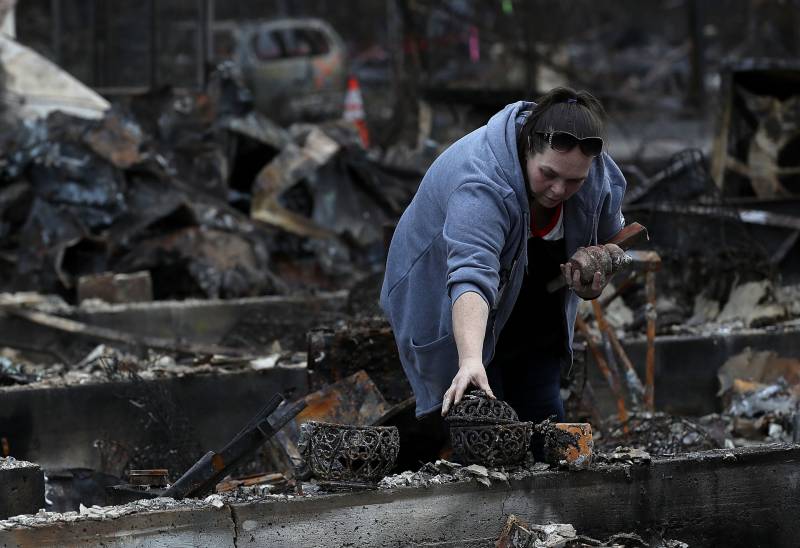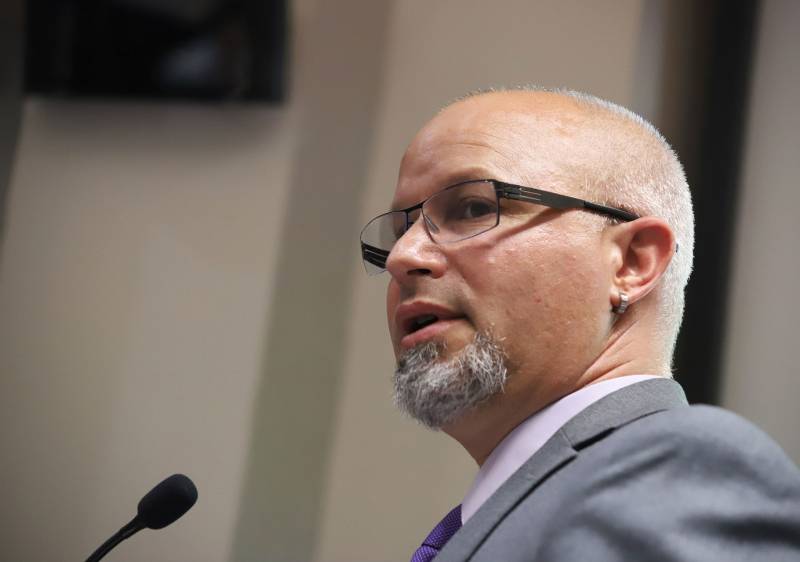PG&E believes the misgivings about the settlement are being expressed by a vocal minority. In a Wednesday statement, the company reiterated its belief that the deal “brings us one significant step closer to getting victims paid so they can rebuild their lives.”
Still, there is a growing sentiment among victims that they’re getting such a raw deal that they should reject it, even if that means waiting longer to be paid.
“I want you to know that many of us understand what is happening and that we will move heaven and earth to stop it,” Lisa Williams, another survivor of the Camp Fire, vowed in a Feb. 6 letter.
Williams, 59, now lives in Las Vegas and started a wildfire victims group on Facebook opposing the current deal.
Compounding frustration over the plan to pay them in stock, PG&E agreed to an all-cash settlement of $11 billion to reimburse about 110 insurers for losses paid out to policyholders.
“Not only do we have to wait to get paid but we’d have to depend on the company’s recovery,” said Meek, who said he has moved many times since losing his house, and is nowhere close to rebuilding on his property. “If a fire comes again, what will happen to the stock price?”
The last time PG&E emerged from bankruptcy in April 2004, its stock more than doubled while paying out billions of dollars in dividends. PG&E’s stock has sunk as low as $3.55 four months ago, but has since rebounded to $16 to $18 per share, largely on hopes the company will be able to deliver on its projection of record profits as it bounces back from bankruptcy.
Court documents say none of the victims will have to accept PG&E stock if they don’t want it but the process for choosing an alternative hasn’t been spelled out yet.
Sarah Bates, a 67-year-old former nurse who moved to Virginia after losing her Paradise home in 2018, said those affected the most are being “tossed aside.”
“I don’t have a lot of faith that I’m going to see any significant compensation at the end of it all,” Bates said.
KQED’s Lily Jamali and David Marks contributed to this story.

